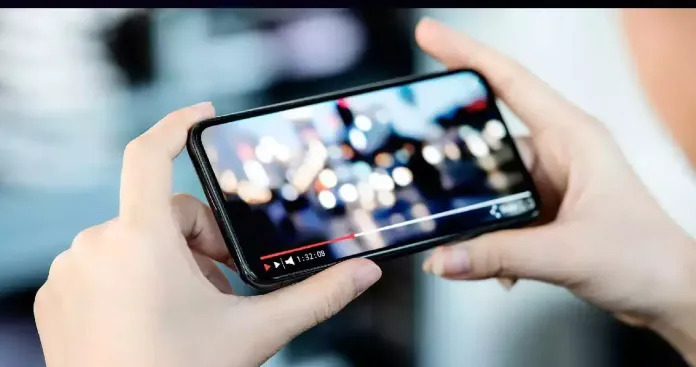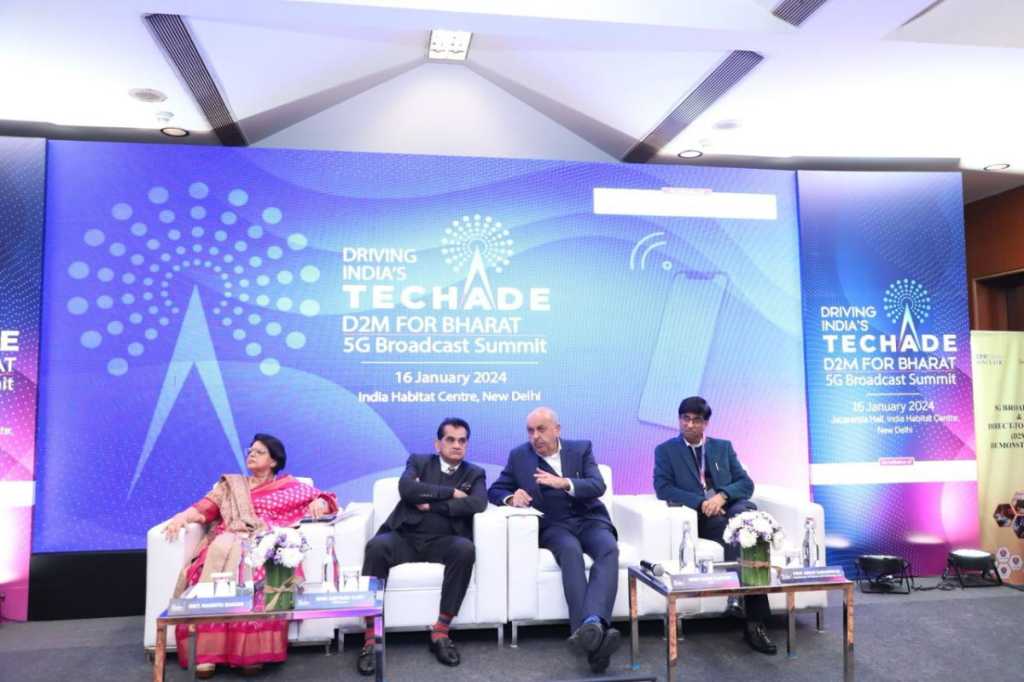Highlights
- D2M technology enables streaming without internet or SIM card dependency.
- Pilot program in 19 Indian cities to assess the potential of D2M technology.
- Mobile devices will require specific hardware to support D2M broadcasts.
- D2M technology has significant implications for education and rural areas.
The Indian government is set to revolutionize the way people access multimedia content with the introduction of Direct-to-Mobile (D2M) technology.
This pioneering technology is designed to provide internet-free video streaming, a significant breakthrough in the digital streaming landscape.
What is D2M and How Can it Help Us?

D2M technology is a solution for a substantial user base in India that either completely lacks access to digital streaming benefits or suffers from poor internet connectivity.
The technology promises to enable viewers to enjoy live TV and other multimedia content streaming without the need for an internet connection or a SIM card in their smartphones.
In more basic terms Direct-to-mobile technology is akin to how FM Radio or direct-to-home (DTH) technology works, allowing content delivery directly to mobile devices without relying on internet connectivity or SIM cards.
The successful implementation of this technology could immensely benefit millions of users across India, freeing them from the constraints of internet connectivity and data plans for accessing on-demand content and live TV.
The government’s plan to pilot this service in 19 cities across the country reflects its commitment to leveraging technology to bridge the digital divide.
This initiative could significantly benefit users, especially in regions where internet accessibility is still a challenge.
The Technology Behind D2M

Science and Technology Secretary Abhay Karandikar elucidated the state of D2M technology, “The technology is already mature and available. Some lab trials and field trials have been done. Now we have to do a citywide pilot trial so that its potential can be demonstrated. The government, as a regulator, then has to enable its rollout and commercial deployment. I’m hoping in the next year or so, we can actually launch this technology with an indigenously developed system.”
It’s important to note that mobile devices will need specific hardware components to support D2M broadcasts.
Although the government currently does not plan to mandate device makers to include these components, this could change in the future, as seen with the integration of the NaVIC chip.
Potential Impact and Challenges

One of the significant aspects of D2M technology is its expected utility in the education sector, particularly in rural areas.
The technology is poised to provide quality video content without overburdening the already strained spectrum, making it an invaluable tool for educational purposes.
The future of internet-free video streaming through D2M hinges on the performance of the pilot project.
The government will need to develop appropriate policies and regulations in consultation with stakeholders, including smartphone makers and telecom operators.
If successful, D2M support could become available on smartphones within about a year, marking a significant advancement in the way multimedia content is accessed in India.
FAQs
What is Direct-to-Mobile (D2M) technology?
Direct-to-Mobile (D2M) is a technology enabling the delivery of multimedia content directly to mobile devices, similar to FM Radio or DTH services, but without the need for internet connectivity or SIM cards.
This technology is particularly beneficial for users in areas with limited or no internet access.
How will D2M technology impact users in India?
D2M technology can revolutionize the way multimedia content is accessed in India, especially for users who face poor internet connectivity.
It promises to bring live TV and other streaming services to a wider audience, bridging the digital divide in the country.
What is the current status of D2M technology in India?
The Indian government is planning to conduct a pilot of the D2M technology in 19 cities to demonstrate its potential.
The technology is already mature, with some lab and field trials completed, indicating readiness for broader implementation.
Do mobile devices need special hardware for D2M technology?
Yes, mobile devices will require specific hardware components to receive D2M broadcasts. While it’s not currently mandatory for devices to have these components, this may change in the future, similar to the integration of the NaVIC chip.
Also Read: India’s Emergency Lifeline: Evaluating the Mobile Panic Button’s Impact and Future Solutions
Also Read: Free Laptop from the Modi Government? Know the Real Facts Behind this Viral Message
Also Read: Cell Broadcast Alert in Multiple Languages: India’s Pioneering Safety Initiative
